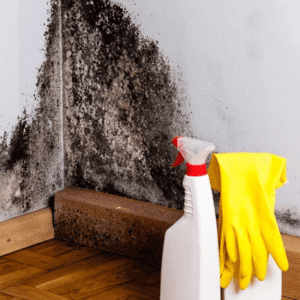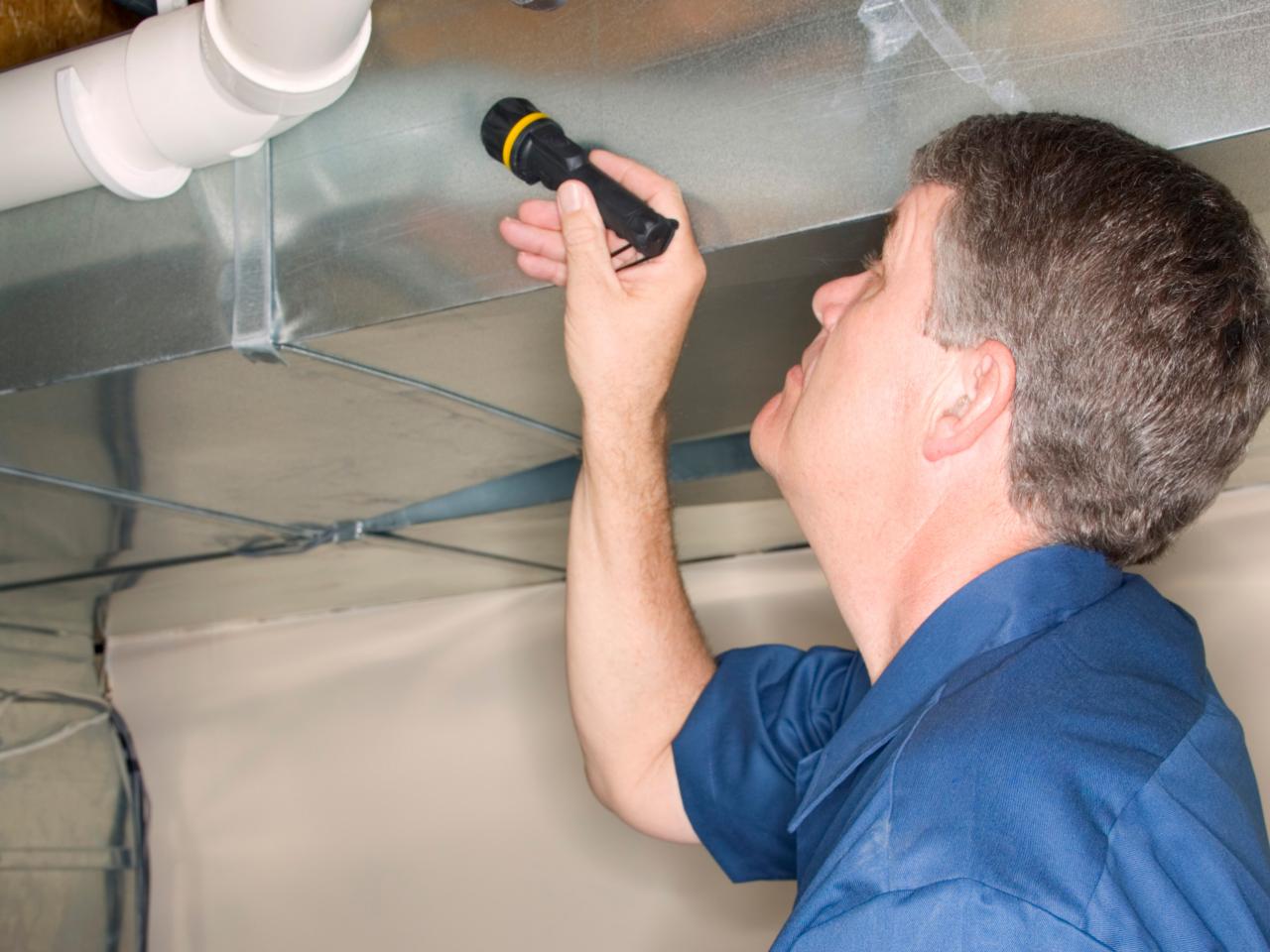Effective Blog Post Mold And Mildew Removal Solutions for Your Home
Mold growth in homes can be a relentless concern, typically calling for an organized technique for reliable post-remediation solutions. From understanding the aspects that contribute to mold and mildew growth to implementing correct cleansing strategies and dampness control measures, the process can be intricate yet important for preserving a healthy and balanced living setting. Post Mold remediation cleaning.
Understanding Mold And Mildew Growth Elements
The main element contributing to mold growth is dampness. Mold and mildew spores call for wetness to prosper and sprout, making moist or moist settings extremely at risk to mold and mildew problems.
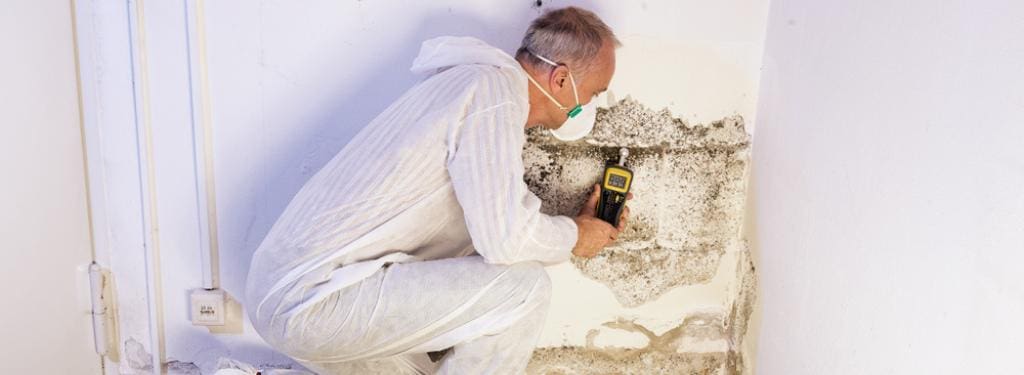
Moreover, air movement and light direct exposure can affect mold development. Locations that do not have appropriate ventilation and natural light are a lot more susceptible to mold development. By resolving these variables comprehensively, people can properly minimize mold and mildew growth and secure their living atmospheres.
Appropriate Mold Cleaning Strategies
Utilizing reliable cleaning approaches is essential in addressing and stopping the recurrence of mold and mildew contamination in interior settings. When handling mold, it is crucial to prioritize safety by wearing safety equipment such as safety glasses, masks, and handwear covers. The first action in proper mold cleansing is to include the damaged area to avoid the spread of spores to uncontaminated areas. This can be accomplished by sealing the area and using air scrubbers or adverse air makers to maintain air high quality.
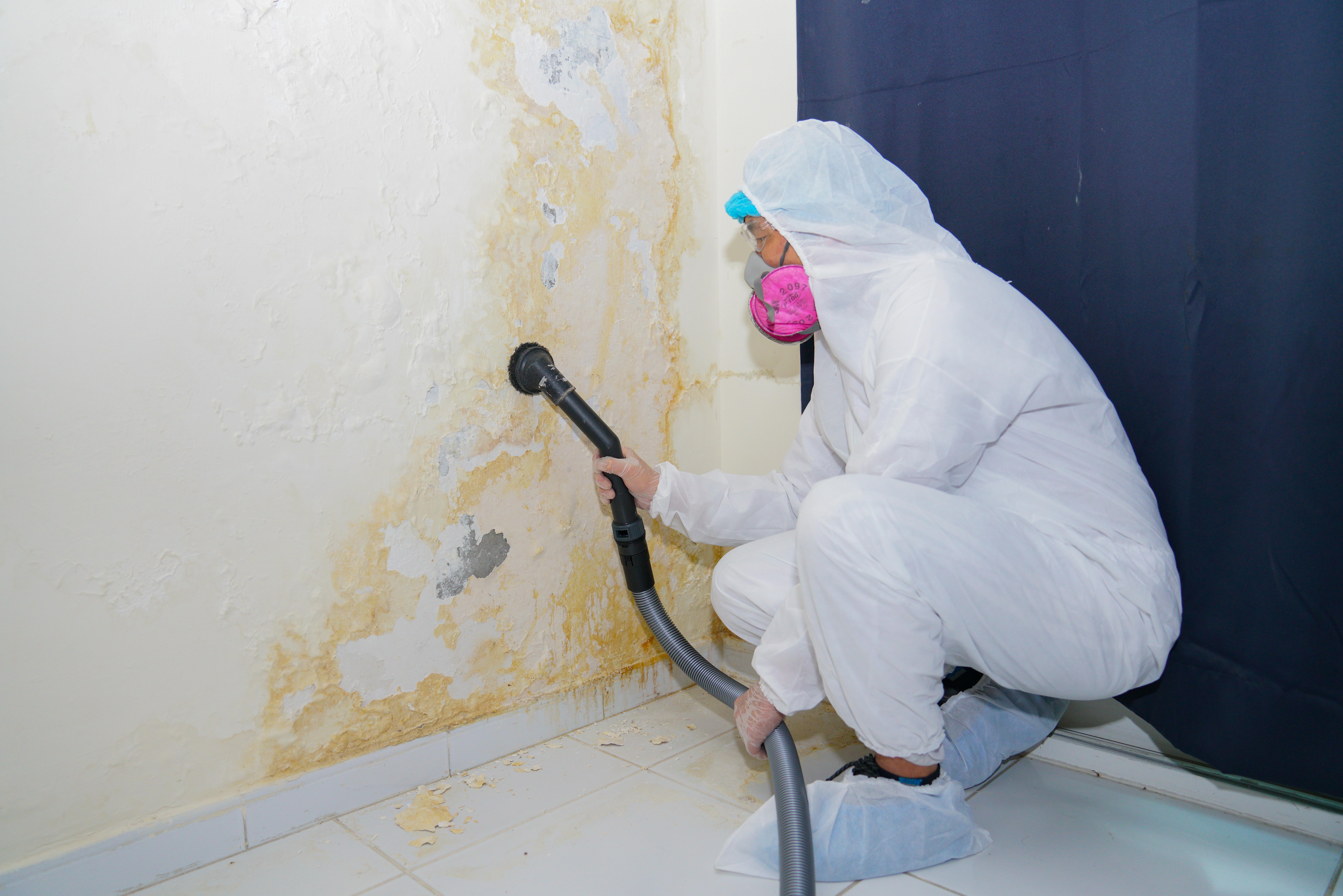
Carrying Out Moisture Control Steps
To efficiently avoid mold growth and contamination in interior environments, applying moisture control procedures is extremely important. Wetness is the main variable that gas mold and mildew development, making it vital to handle moisture levels within the home. One effective step is to utilize dehumidifiers to preserve indoor moisture levels below 60%. Furthermore, making certain appropriate air flow in locations vulnerable to moisture build-up, such as bathrooms and cooking areas, can help reduce the risk of mold development. Frequently examining and fixing any leakages in pipes, roofs, or windows is additionally crucial in protecting against excess dampness build-up. Utilizing exhaust followers while cooking or bathing, and allowing air blood circulation by maintaining furnishings a little far from walls can help in moisture control. Furthermore, using moisture-resistant materials in high-humidity locations, such as mold-resistant drywall and paints, can be beneficial. By diligently implementing these dampness control actions, homeowners can successfully reduce the chance of mold recontamination and maintain a healthy indoor setting.
Making Use Of All-natural Removal Solutions
After successfully implementing dampness control actions to avoid mold development in interior settings, house owners can currently explore the performance of all-natural removal options in maintaining a healthy home. All-natural removal options use eco friendly techniques to fight mold and mildew, making them Clicking Here a prominent choice for those looking for non-toxic alternatives. One such remedy is making use of vinegar, an all-natural antimicrobial agent, to tidy and disinfect surfaces contaminated by mold. Merely dilute vinegar with water and spray it onto the influenced areas, permitting it to rest for a few hours prior to wiping tidy. In addition, tea tree oil, recognized for its antifungal buildings, can be blended with water and splashed onto mold-infested surface areas to hinder more growth. Another all-natural alternative is hydrogen peroxide, which can successfully eliminate mold and mildew on various surface areas without leaving unsafe residues behind. By integrating these natural removal remedies right into their cleansing regimens, home owners can successfully battle mold and mildew growth while advertising a healthier interior environment for themselves and their households.
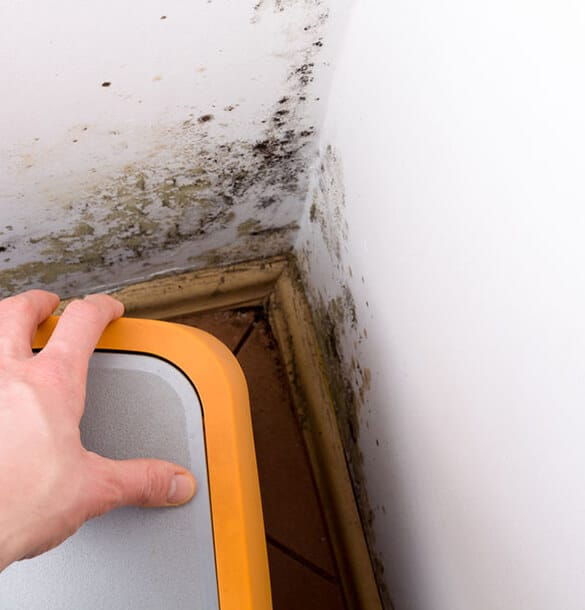
Keeping a Mold-Free Setting
Consistently checking areas prone to mold and mildew development, such as washrooms, kitchens, cellars, and attic rooms, is important. Proper air flow in locations with high humidity degrees is additionally crucial to protecting against mold growth.
Additionally, maintaining cleanliness in the home is vital for mold and mildew prevention. Maintaining indoor plants in check and ensuring correct drain in outdoor landscaping can reduce wetness build-up, decreasing the chance of mold and mildew problems.
Conclusion
To conclude, it is important to resolve mold and mildew growth factors, utilize proper cleaning strategies, execute wetness control procedures, utilize natural remediation services, and preserve a mold-free environment in order to successfully manage blog post mold and mildew remediation in your house - what to do after mold remediation. By adhering to these methods, you can from this source avoid mold from reoccuring and ensure a healthy and balanced living atmosphere for you and your household
The key element contributing to mold and mildew development is moisture. Mold and mildew spores need wetness to grow and sprout, making wet or damp atmospheres extremely susceptible to mold and mildew infestations.To efficiently stop mold and mildew growth and contamination in indoor environments, applying moisture control procedures is critical. In addition, making certain proper ventilation in locations prone to moisture accumulation, such as cooking areas and washrooms, can assist reduce the threat of mold development.After successfully applying dampness control actions to protect against mold growth in indoor settings, property owners can now explore the effectiveness of natural remediation solutions in look at here now preserving a healthy and balanced living space.

